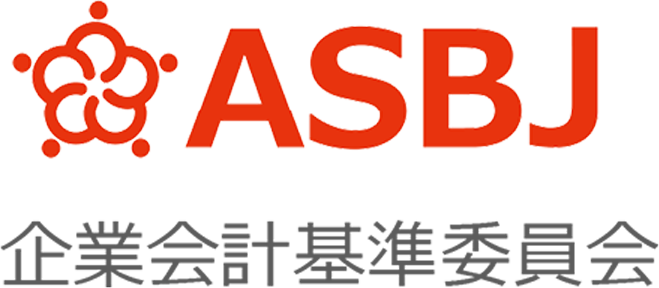The Dead Equity Ratio (DER) for Japan’s leading shipping operators remains healthy, with Nippon Yusen Kaisha (NYK Line) at 0.61 times and Mitsui O.S.K. Lines (MOL) at 0.88 times.
Japanese shipping operators’ time charter contracts, which have not previously been recorded as assets or liabilities, are now expected to be included on their balance sheets. This change follows the decision made by the Accounting Standards Board of Japan (ASBJ) on September 3, 2024, to recognize “lease transactions” as assets and liabilities on the balance sheet starting in fiscal year 2027.
As of the end of March 2024, Japan’s three largest shipping companies operated a total of 2,150 vessels: NYK Line with 824 ships (408 of which are under time charter contracts), MOL with 873 ships (502 under charter), and Kawasaki Kisen Kaisha (K Line) with 453 ships (268 under charter).
In total, 1,178 vessels, or 54% of the fleet operated by these three companies, are under time charter contracts with Japanese and foreign shipowners.
Text by Hiro Yamamoto Photo courtesy: ASBJ, GMJ

Before 2019, Japan’s major shipping companies had low equity capital, and if their time chartered vessels were brought on-balance, their Dead Equity Ratio (DER) was expected to significantly exceed the typical 1.0x, reaching 4-5x.
However, since 2021, the equity capital of these major shipping companies has rapidly increased due to a rise in equity-method investment gains from their stake in Ocean Network Express (ONE).
As of the fiscal year ending March 2024, the estimated increase in interest-bearing debt due to the on-balance recognition of time chartered vessels is expected to be approximately 700 billion yen for NYK Line, around 900 billion yen for MOL, and between 600 and 700 billion yen for K Line, in addition to their existing interest-bearing debts.
The equity capital figures, which serve as the denominator for the DER, reached record highs as of March 2024: NYK Line at 2.6503 trillion yen, MOL at 2.3538 trillion yen, and K Line at 1.5919 trillion yen.
Currently, based on interest-bearing debt excluding vessels under time charter contracts, the DERs of the major shipping companies stand at 0.34x for NYK Line, 0.55x for MOL, and 0.18x for K Line.
Even when factoring in the additional amounts from the on-balance recognition of time chartered vessels, the DERs would still remain healthy: 0.61x for NYK Line, 0.88x for MOL. As for K Line, it has estimated its equity ratio, and even if the additional amount for on-balance recognition is included, the equity ratio is expected to remain high at 57-59%, similar to the 75% level at the end of March 2024 (excluding charter hire obligations).
〆日本の海運大手オペレーターは定期用船契約をオンバランス化する。
海運大手のDER(Dead Equity Ratio)は日本郵船0・61倍、商船三井0・88倍と健全性を維持できる。
日本の海運オペレーターがこれまで資産・負債計上してこなかった彼らの定期用船契約が貸借対照表の資産・負債へ計上される見通しだ。
日本の会計基準を作る企業会計基準委員会(ASBJ)が2024年9月3日、2027年度から企業会計の「リース取引」を貸借対照表(BS)資産・負債への計上(オンバランス化)することを決めたためである。
日本の海運大手3社の2024年3月末時点の運航船は日本郵船824隻(このうち用船契約を結ぶ船は408隻)、商船三井873隻(同502隻)、川崎汽船453隻(同268隻)。
海運大手3社の合計では運航船2150隻に対し用船契約を結ぶ船舶は1178隻と用船比率は54%となっている。日本の海運大手はこうした定期用船契約を日本船主、海外船主と結んでいる。
(Text by Hiro Yamamoto)
Photo courtesy=ASBJ
